How You Can Control the Cost of Employee Health Insurance
Employers know that the cost of providing health insurance to employees can be a high cost line item, usually second only to payroll. Worse, it can be a fast rising cost that you have little or no control over.
It’s a crazy system that makes you choose an employee health plan based on little information and no forecasting, limited choices, and annual costs that continue to skyrocket.
In my insurance career, I’ve met many employers who faced the same quandary: health insurers show almost no ability to control costs in a health insurance market the insurers more or less developed. Solutions introduced by health insurers (PPOs, HMOs, POSs and ACOs) have done little to stem the health care cost crisis. Businesses big, midsize and small have felt crushed by premium increases, higher deductibles and more and more regulations.
There’s a better way I can recommend to my clients – and boy, are they grateful. It’s an alternative called “Group Captives” – and here’s how it’s different:
Group Captives are, simply, where businesses partially self-fund their health plans, enabling them to accrue the advantages giant corporations have enjoyed for years: transparency, flexibility and real cost control.
A Group Captive reduces volatility and risk. It’s a pool of employers, small and midsize businesses that collectively reach economies of scale and gain the same kind of increased predictability that corporations routinely enjoy.
Without a Captive solution, employers can be unnerved. If you have low claims, the insurer keeps the profit. When you have high claims, you get a renewal increase. Under a Captive solution, you can see fixed costs drop 20-35% of your total healthcare costs – depending on your business size, variable claim payments will make up the remaining 65-80%. (In other words, you could retain 80 cents of every dollar spent.)
I like to think outside the box, and my clients appreciate that. By adopting Group Captive solutions, many of my clients make more informed decisions about how to manage their program. There’s much more flexibility and control.
A Group Captive minimizes the volatility of self-funding because you join with other similar employers to pool your risks. Consider a Captive – your solution – to be an independent insurance company owned by the employers that form the group. Collectively, the Captive members are able to take on more risk and reap savings greater than any individual member can do on its own.
Robert Carrington, in a report for Employee Benefit Advisor, wrote, “An old adage states that while unsuccessful businesses make decisions based on their current predicament, the decisions made by successful companies are based on how they can sustain that success over the long-term. In other words, addressing healthcare costs with a long-term perspective is vital to any successful business. For the smaller to mid-sized employer, a group captive may just be the perfect solution.”
If you employ 25 or more, let’s begin a conversation. Send me an email at bknerr@vanbeurden.com— I look forward to hearing from you and developing a solution.

